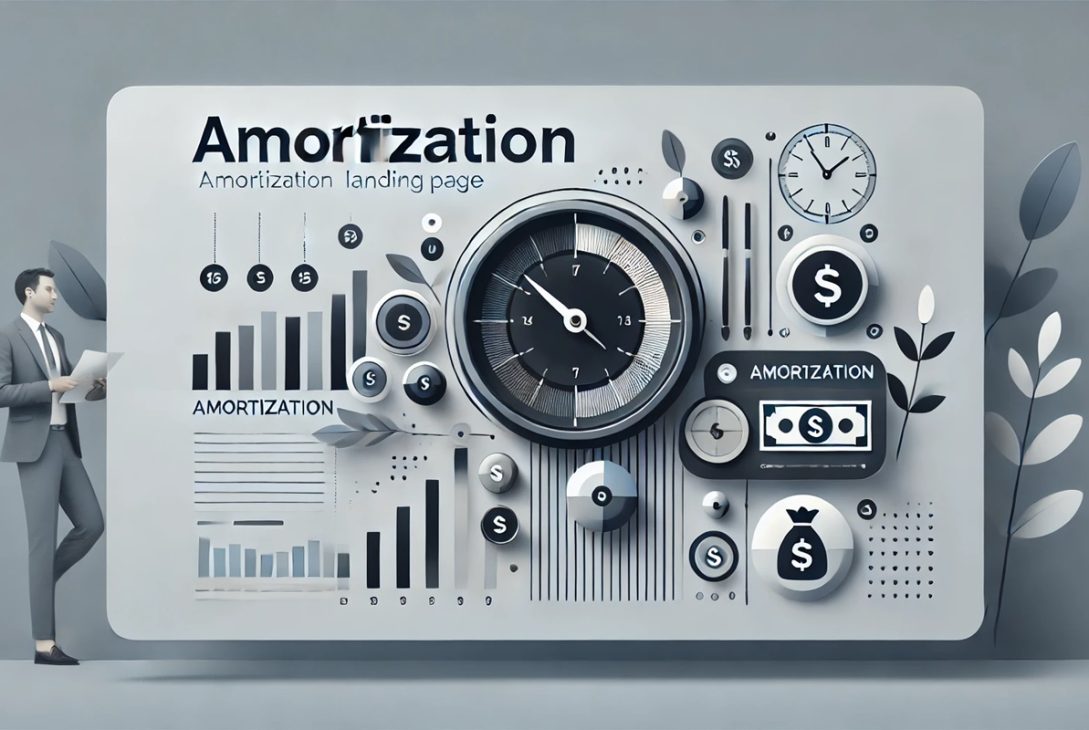Amortization refers to the length of time it takes to fully repay a mortgage, including both principal and interest. In Canada, the most common amortization periods range from 25 to 30 years, though shorter periods are available and may be advantageous for borrowers who want to minimize interest payments over the life of the loan.
How amortization affects payments and interest
The amortization period plays a crucial role in determining both monthly payments and the total interest paid on a mortgage:
- Longer amortization periods (e.g., 30 years): A longer amortization period means lower monthly payments, which can make homeownership more affordable in the short term. However, stretching the loan over a longer period also means you’ll pay significantly more interest over the life of the mortgage.
- Shorter amortization periods (e.g., 15 or 20 years): While this option leads to higher monthly payments, it drastically reduces the amount of interest paid, helping you build equity faster. This is ideal for borrowers who can manage the higher payments and want to save money in the long run.
Example of amortization impact
Let’s say you take out a $400,000 mortgage at a 4% interest rate. If you choose a 30-year amortization, your monthly payments will be lower compared to a 15-year amortization. However, the trade-off is that you will end up paying much more in total interest over the life of the loan.
In contrast, a shorter amortization period requires higher monthly payments but significantly reduces the total interest paid, potentially saving tens of thousands of dollars.
Amortization vs. mortgage term
It’s important to distinguish between amortization and mortgage term. The amortization period is the entire time over which the mortgage is repaid (e.g., 25 years), while the mortgage term is the length of time your mortgage agreement is in effect, often ranging from 1 to 5 years. After the term expires, you must renew the mortgage, though the amortization schedule continues unless adjustments are made.
Flexible payment options
Some mortgages come with prepayment privileges, which allow you to make additional payments toward the principal without penalties. These extra payments can reduce the length of the amortization period, helping you save on interest costs. For example, if you make extra lump-sum payments or increase your monthly payments, you could potentially shorten your amortization from 25 years to 20 years, ultimately paying less interest over time.
Impact of interest rates on amortization
Interest rates also influence amortization. When rates are low, more of your payment goes toward the principal, allowing you to pay off the mortgage faster if you make additional payments. When rates are high, a larger portion of your payment goes toward interest, which could make it harder to pay off the loan quickly. This means that changes in interest rates can indirectly impact the effective length of your amortization, even if the period remains the same.
Common amortization periods in Canada
- 25 years: This is the standard amortization period for most Canadian homebuyers, balancing manageable monthly payments with long-term interest costs.
- 30 years: Available primarily for uninsured mortgages (down payments of 20% or more), this option lowers monthly payments but results in higher total interest costs.
- Less than 25 years: Some financially stable borrowers prefer shorter amortization periods (e.g., 15 or 20 years) to reduce the total interest paid and build equity faster.
In summary, choosing the right amortization period is a key decision in the mortgage process. Borrowers should weigh the trade-offs between lower monthly payments and higher long-term costs, while also considering factors like interest rates and prepayment options. Understanding how the amortization period impacts your finances can help you make more informed decisions about your mortgage.
Last modified: October 11, 2024




